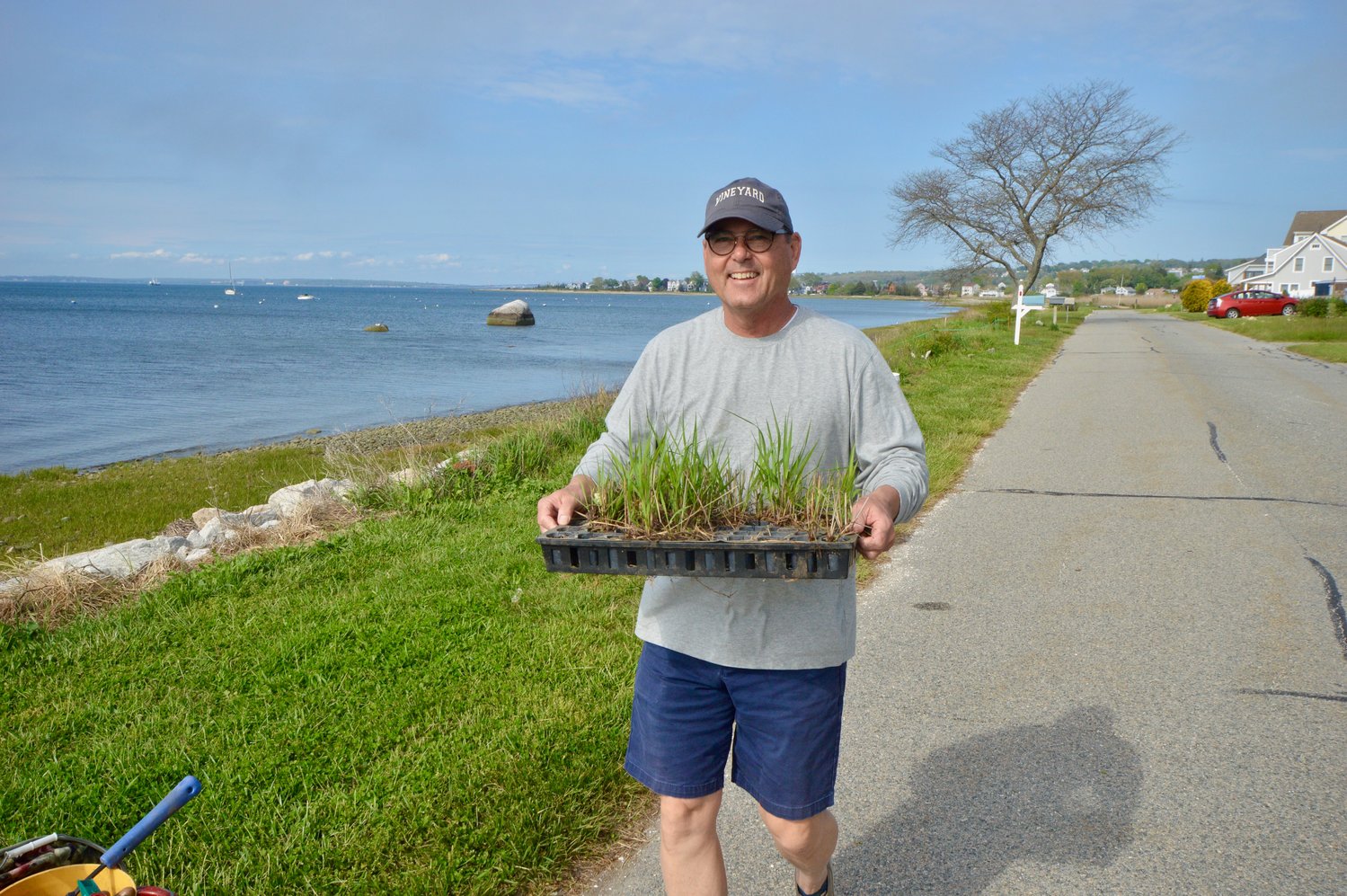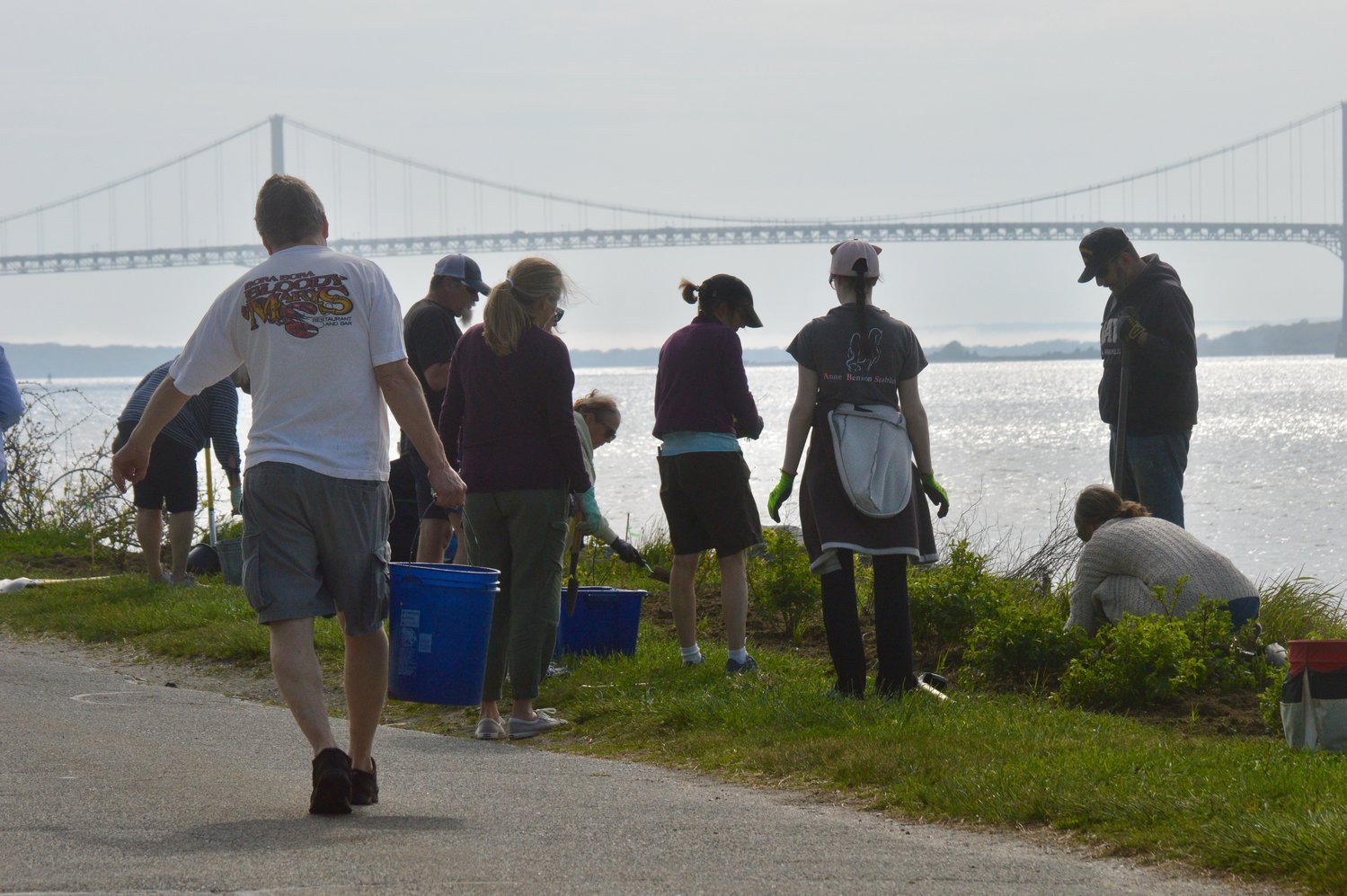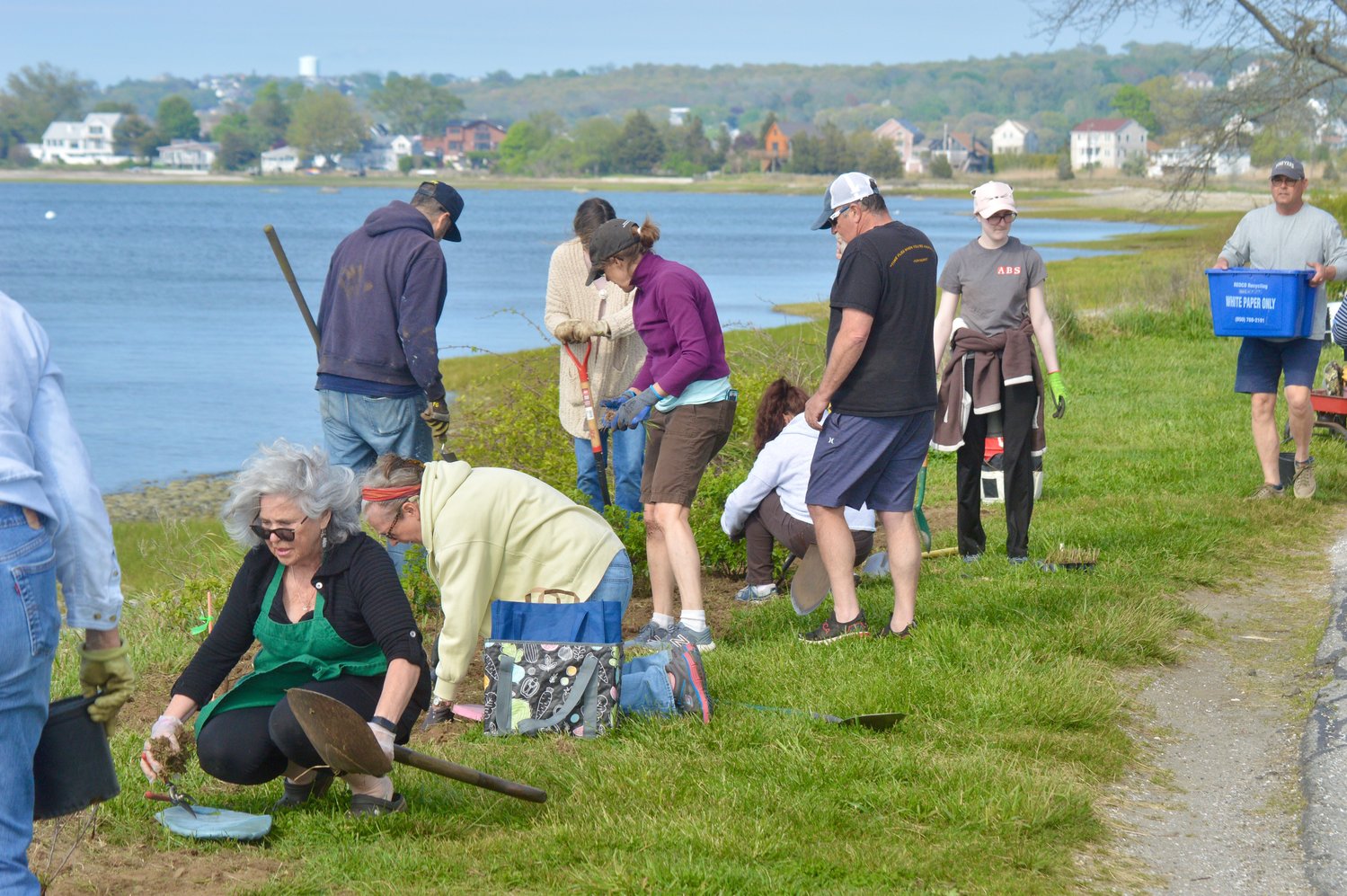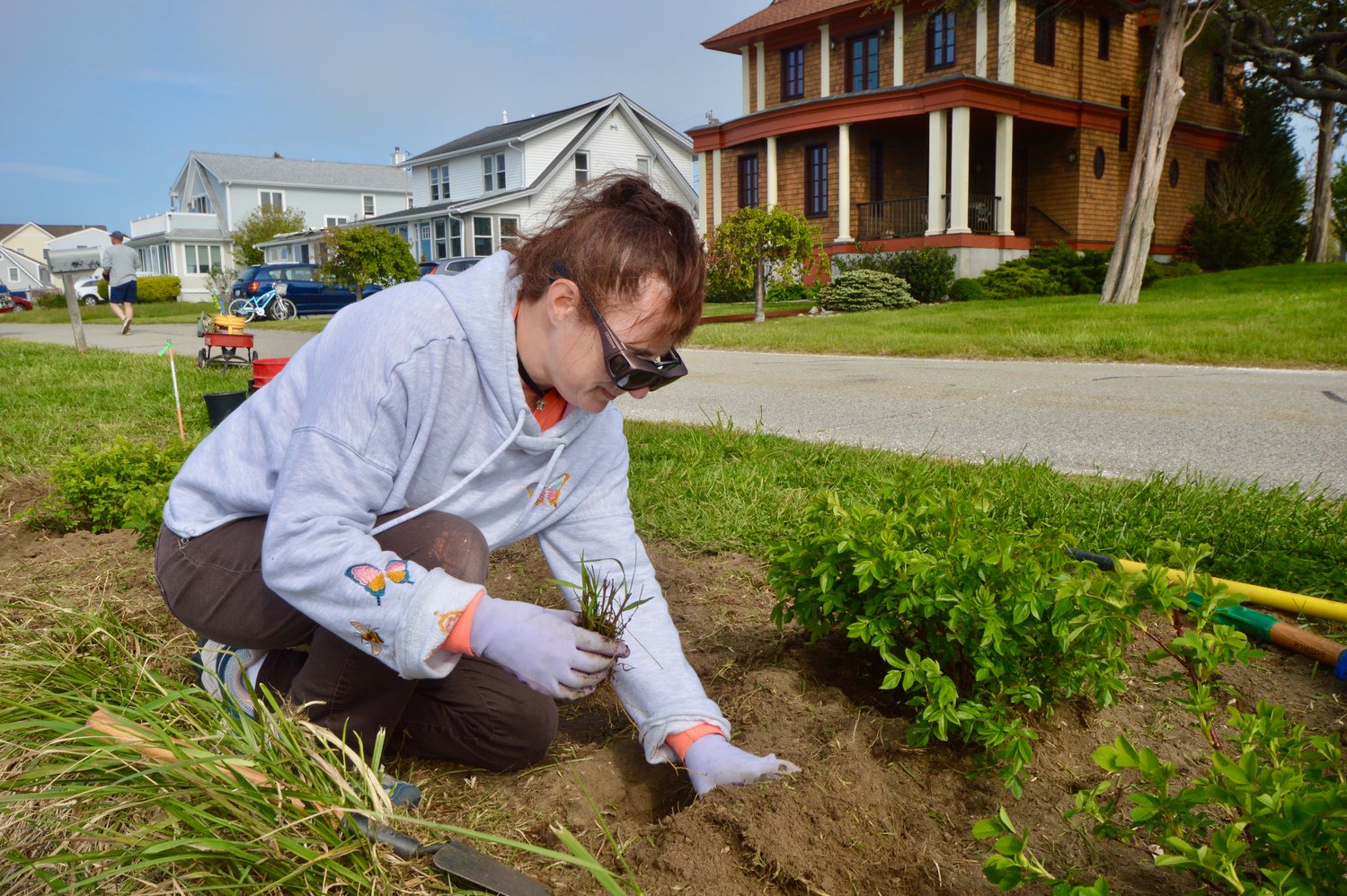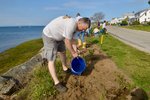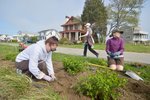- SUNDAY, JULY 28, 2024
In Portsmouth: Roots of resiliency
Volunteers hope plantings will strengthen vulnerable Common Fence shoreline
PORTSMOUTH — Along a scenic shoreline on the north side of Common Fence Point Boulevard, volunteers have been getting their hands dirty over the past year, putting in hundreds of plants …
This item is available in full to subscribers.
Please log in to continue |
Register to post eventsIf you'd like to post an event to our calendar, you can create a free account by clicking here. Note that free accounts do not have access to our subscriber-only content. |
Day pass subscribers
Are you a day pass subscriber who needs to log in? Click here to continue.
In Portsmouth: Roots of resiliency
Volunteers hope plantings will strengthen vulnerable Common Fence shoreline
PORTSMOUTH — Along a scenic shoreline on the north side of Common Fence Point Boulevard, volunteers have been getting their hands dirty over the past year, putting in hundreds of plants they hope will take deep roots for many years to come.
But beautification takes a backseat to the real reason for this labor of love. They’re actually battling sea level rise.
“The goal is to help with erosion here along this very exposed shoreline, as well as create a little bit of habitat in this area and to add to the aesthetics,” said Wenley Ferguson, Save The Bay’s director of restoration, who took part in a “planting party” along with neighborhood volunteers Monday afternoon.
Here in Common Fence Point, residents are acutely aware of their neighborhood’s vulnerability, so they’re taking matters into their own hands in battling the impacts of long-term climate change such as rising sea levels and the erosion of the coast. The volunteer group the Common Fence Point (CFP) Preparedness Committee formed in July 2019 with the vision of getting the neighborhood better equipped and resilient to acute hazards such as extreme tides and flooding from big storms.
Common Fence Point Boulevard is particularly at risk, as parts of its embankment on waterside have collapsed over the years.
Committee member Jeff Prater said the group “spun off” the Shoreline Education and Preservation Action Committee (SEPAC), which he chairs. That group applied for and was awarded a $34,000 Coastal and Estuary Habitat Restoration Grant for efforts in three areas of the neighborhood: the ball field, Common Fence Point Boulevard, and Taylor’s Point along the western edge of the neighborhood.
Other partners are also involved, including Save The Bay, the University of Rhode Island, the Narragansett Bay National Estuarine Research Reserve, and the Town of Portsmouth.
Scott Wheeler, chairman of the Portsmouth Tree Commission and superintendent of parks, grounds and forestry for Newport, spoke to the CFP group in April about strengthening the coastline through vegetation. Prater also gave a shout-out to Scott Boyd, who rototilled the area to make it much easier to plant.
“We had the first planting in the spring of 2021,” said Prater, who’s a spokesperson for the Naval Undersea Warfare Center. “That was our test because we put some in the shade of the trees and some in the full sun to see if these plants were going to work on this shoreline. This is the third planting. We’ve seen these have taken root and have survived the winter.”
Three varieties of plants went in Monday: switchgrass (Panicum virgatum), which grows about 18-20 inches high; Rosa Virginiana, a coastal blooming rose; and beach plum. About 100 switchgrass plants went in, and 10 each of the other varieties.
“All of these plants are designed to take deep root and to stabilize the soil so that if in the event we get heavy surf and it moves rocks around, they won’t move too much because the soil will be stabilized to mitigate that possible erosion,” Prater said.
Ferguson, the volunteers’ planting expert who also helps secure low-cost purchases since Save The Bay buys in bulks for other similar projects, said all the plants are salt-tolerant to some degree, so they’re ideal for the shoreline.
“The switchgrass is more salt-tolerant than the Virginia rose or the beach plum. It grows out in the prairies and has roots that go down 10 feet. Here, our roots don’t go down that deep because of the stone and soil, but they’re really good for stabilizing,” she said, noting the “cool-season” grasses currently in the area don’t have the same root depth.
The plants have other benefits.
“The Virginia rose has a little red rose hip, which is good for wildlife. The beach plum blooms and creates these little tiny plums, and people make beach plum jelly out of them. They grow in the back dunes, so they’re very tolerant of poor soil, arid conditions, and they can deal with some salt spray,” said Ferguson.
A little at a time
Volunteers have been doing small patches of plantings to not only test the different vegetation but to appease residents who have water views. “We’ve tried to do small pilots just so it’s OK with the neighbors,” Ferguson said.
Prater said the project includes a maintenance plan. If the beach plum gets too high, it can simply be clipped down. “Everybody’s concerned with the view. We get that. We want to beautify, we want to mitigate the erosion, and we don’t want to take anybody’s view away,” he said.
The Town of Portsmouth has been helping to shore up the embankment as well, installing some large boulders along a section of Common Fence Point Boulevard in 2017.
“This was starting to cave in,” Prater said. “From the town’s perspective, they’re responsible for this road; they’re going to protect the road. But they did say that was a one-time deal. So now we the neighbors are trying to do what we can do. We can’t bring in rocks and heavy boulders like that. We know there’s coastal sea rise, so the best we can do is try and stabilize the soil.”
Ferguson said the group will “re-assess next fall” on what the next set of plantings will be, and where. She hopes the program will serve as a model for other neighborhoods.
“At Save The Bay, we’ve done this type of proactive planting up in Barrington,” she said.
Salt marsh restoration
Another project the CFP Preparedness Committee is working on involves restoring the salt marsh at Taylor’s Point. The marsh used to have “open communication to the bay,” but there’s been no maintenance done in about two decades, Prater said.
“So what happens? Nature takes its course and there’s really no longer open communication to the bay. That means the salt from the bay is not getting into the salt marsh and with more freshwater, that breeds all the phragmites that are now circling that salt marsh,” he said.
“We have all the permits we need, we have the funding, we have in-kind from the state and from the Town of Portsmouth, to effectively dredge a channel, opening up the bay to the salt marsh, to allow that free flow of water into the salt marsh,” he added.
That project will likely take place in August or September, he said.
Other items that may interest you

